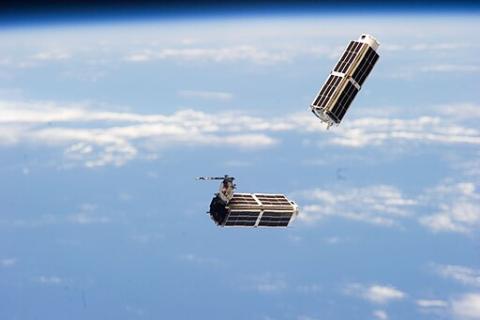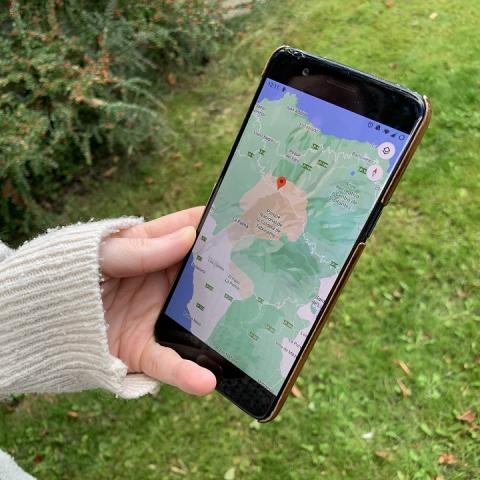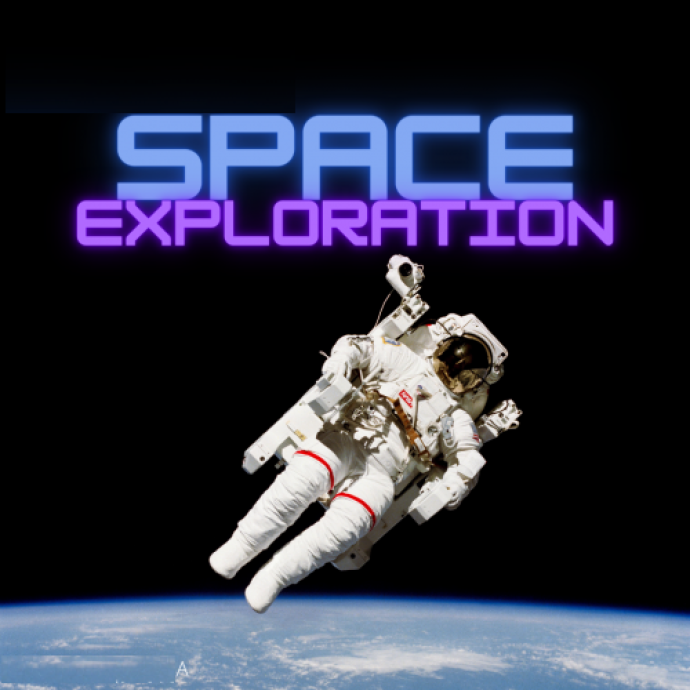Space Ports
Spaceports are just like airports or shipping ports, but for spacecraft.
They are places that will launch, and maybe even land rockets.

Space Probes and Robots
Since the 1950s, humans have sent robots and space probes all over the Solar System.
The Voyager probes have even gone beyond our Solar System into open space!

Uses of Satellites
Satellites are useful in lots of ways. They look at the Earth as well as space. They also help us in our the daily lives.

Satellites
A satellite is an object which orbits another. An orbit is the curved path an object in space takes around another.

Space Stations
Did you know there are always humans in space?
Since 1971, men and women have been living for months at a time on space stations. These are spacecraft large enough for several astronauts to live there at once.

Firsts in Space
The journey to space didn’t start with humans. Before astronauts, animals were sent to test if living things could survive the trip. From fruit flies to dogs, these animals played a key role in space exploration. Some, like Laika the dog, became famous for their bravery.

Space in Your Life Game
You may be aware that space exploration requires lots of technology, but did you know that some of that technology is used back on Earth to make people's lives better? Match the pairs to learn about the space technology in your life!
How Do Satellites Stay In Orbit?
A satellite is an object which orbits another. An orbit is the curved path that an object in space takes around another object.
Dorothy Vaughan
Year born: 1910
Research Areas: Computer Programming
"I changed what I could, and what I couldn't, I endured."
Claudia Alexander
Early Life
Claudia was born in Vancouver, Canada and grew up in California, USA. She wanted to be a historian, but her parents wanted her to be an engineer. Claudia discovered her love of planetary science during an internship at NASA’s Ames Research Centre. She was meant to be concentrating on engineering but kept sneaking off to the science section. Claudia studied for a degree in geophysics and a master’s in geophysics and space physics. She was awarded a PhD in space physics from the University of Michigan.
Year born: 1959
Research Areas: Jupiter’s Moons, Comets
"I feel like a modern-day explorer; the last frontier is space"
